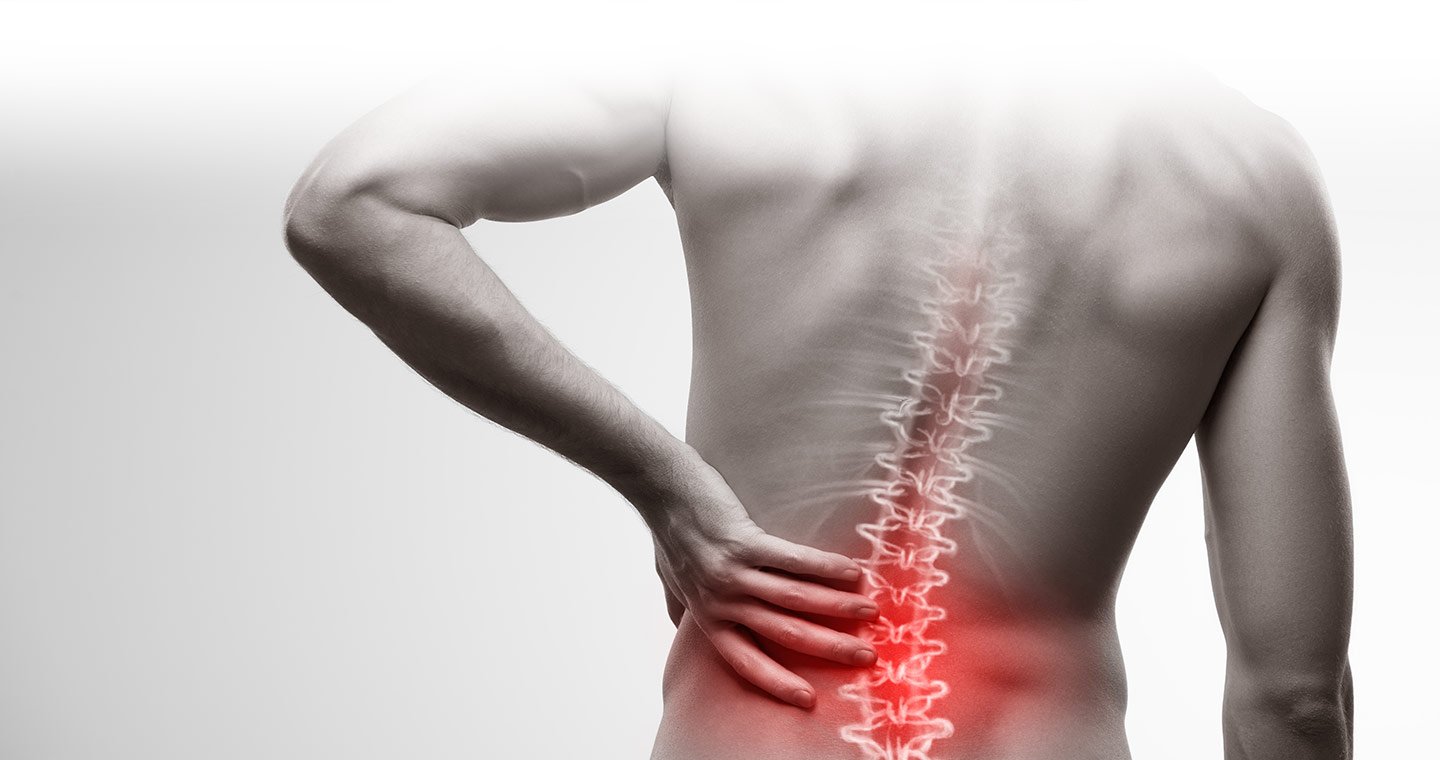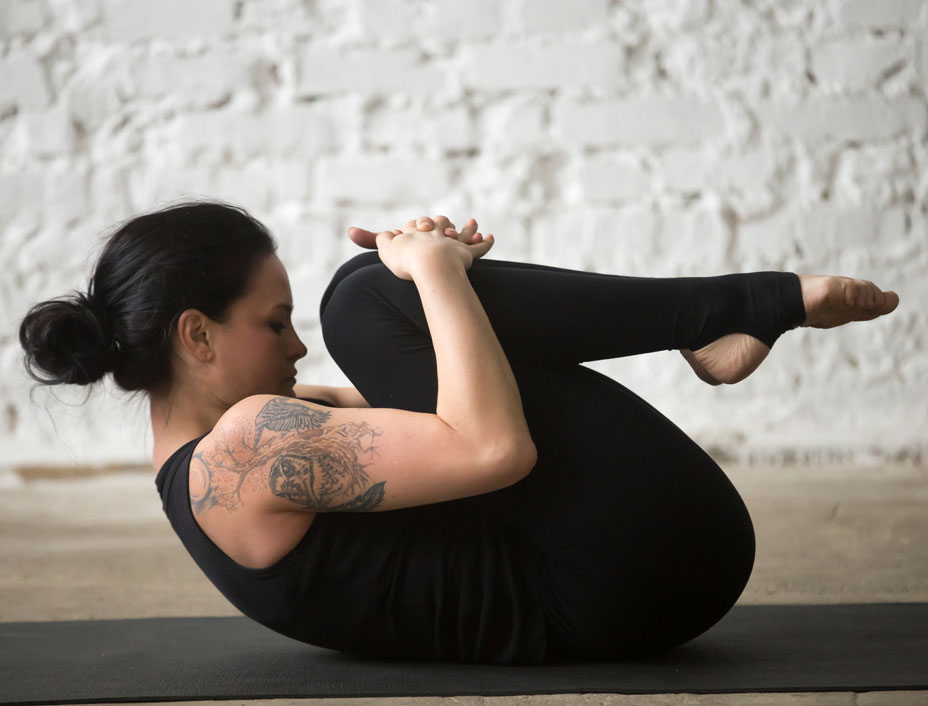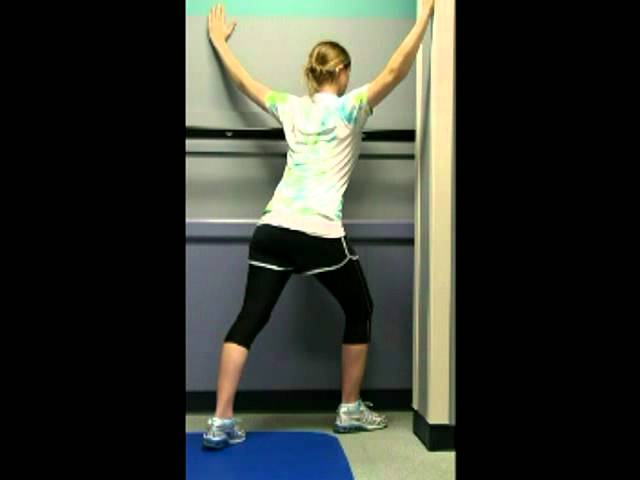WHAT IS SEVERE BACK PAIN?
The upper and middle back is less prone to pain than the lower back. Lower back pain, also known as lumbago, is one of the most common reasons for frequent doctor visits. The lower back is the support structure for the upper body weight as well as provides mobility for daily motions like bending and twisting of the body.
Muscles in the lower back region are responsible for rotating and flexing the hips while walking, and supporting the spinal column. Nerves in the lower back region supply sensation and power the muscles in the pelvis, legs, and feet region.

CAUSE OF BACK PAIN
Back pain mostly is known as “non-specific”, which does not have an obvious cause or “mechanical”, means that the pain originates from the joints, bones or soft tissues surrounding the spine.
Back pain might not always have a reason that a doctor could not identify it with a test or imaging study. Back pain could be caused by:
- Muscle or ligament strain – Recurring heavy lifting or a sudden movement might strain back muscles and spinal ligaments causing the pain. If the physical condition is not good, constant strain on the back could cause painful muscle spasms leading to pain.
- Bulging or ruptured disks – Disks are the cushions between the vertebrae (bones) in the spine. The soft matter inside a disk might bulge or rupture as well as put pressure on the surrounding nerves. However, not all bulging or ruptured disks lead to back pain.
- Arthritis – Osteoarthritis usually affects the lower back. Arthritis caused in the spine could lead to a narrowing of the space around the spinal cord, also referred to as spinal stenosis.
- Osteoporosis – The spine’s vertebrae might develop painful fractures if the bones may become porous and brittle.
- Injury – Back pain might be caused by a minor injury like sprain or pulled ligament and strain or pulled muscle.
- Structural Problems – Herniated disks are usually very painful. The bulging disk puts the pressure on the n
- Degenerative spondylolisthesis – This is caused by displacement of one vertebral body onto another.
- Cauda equina syndrome – It is a medical emergency caused by loss of nerve function at the lower spinal cord
- Infection – fungal or bacterial infection of the spine, like Staphylococcus, E. coli, or tuberculosis
- Cancer or non-malignant tumor in the spine
- Kidney infection or kidney stone – This can cause sciatica, that might be caused in the leg as pain, tingling and numbness.
SYMPTOMS OF BACK PAIN
The symptoms of back pain would include:
- Dull aching sensation in the back
- Stabbing or shooting pain that might radiate down the leg or arms
- Inability to stand up straight without pain
- Decreased range of motion as well as diminished ability to flex the back
Some symptoms might indicate serious medical condition:
- Loss of bowel and/or bladder control
- Numbness, tingling, or weakness in one or both legs and/or arms
- Onset following trauma, such as a fall or a blow to the back
- Intense, constant pain that worsen at night
- Sudden and unexplained weight loss
- Pain connected with a throbbing sensation in the abdomen
- Fever with or without chills

EXERCISE FOR BACK PAIN
Exercise is beneficial for back pain but not every exercise is good. Any mild discomfort felt during the start of exercises should disappear as muscles would become stronger.
Stretching the muscles, tendons, and ligaments regularly that support the spine is an essential element of all back exercise programs. Stretches are designed to alleviate back pain and they are likely to be prescribed by a doctor, physical therapist, or spine specialist. The tension in muscles might worsen the pain from any of back pain conditions.
Stretching exercise provides numerous benefits which include:
- Reducing tension in muscles supporting the spine
- Improving range of motion and overall mobility
- Reducing risk of disability due to back pain
NECK AND SHOULDER STRETCHES
Neck and shoulder stretches help in relaxing the muscles and tendons of the upper and middle back. This would ease off the back pain and prevent it from reoccurrence.
- Flexion Stretch – It is a stabilization exercise which is the part of back rehabilitation programs relieving back pain by strengthening the lower back muscles as well as ligaments of the back. This is also referred to as chin to check exercise which involves bringing the chin toward the chest until you feel a stretch in the back of the neck. Pulling knees to the chest and posterior pelvic tilts are involved in movement of back flexion.
- Lateral Flexion Stretch – This is also referred to as Ear to Shoulder. This involves side stretch that strengthens the intercostal muscles, muscles between the ribs. It involves bending the neck to one side to touch the ear to the shoulder until the stretch is felt in the side of the neck. It is important to keep the shoulders down and back in a comfortable and healthy posture.
- Levator scapula stretch – Rest one arm against a stable surface with the elbow slightly above the shoulder and turn the head to face the opposite direction. Then bring the chin down toward the collarbone that would feel the stretch in the back of the neck. It is helpful to softly pull the head forward with the other hand to hold the stretch for the desired time.
- Corner stretch – This helps in stretching the chest and shoulder muscles and helps relieve pain in the back and neck. The exercise involves standing in the corner of a room, and placing the forearms on each wall with the elbows around shoulder height and then leans forward to feel the stretch under the collarbone.

STRETCHES FOR LOW BACK PAIN
- Back Flexion Stretch – The exercise focuses on mid and lower back by lying on the back and pulling both knees to the chest while simultaneously flexing the head forward. The comfortable stretch is felt across the mid and low back.
- Knee to Chest Stretch – This involves stretching the glutes and piriformis muscles in the buttock by lying on the back with the knees bent and on the floor, then place both hands behind one knee and pull it toward the chest.
- Kneeling Lunge Stretch – This stretch affects the hip flexor muscles that connect the pelvis and could impact posture if the muscles are too tight.
- Piriformis Muscle Stretch – This involves stretching the piriformis muscles and buttock muscles by lying on the floor and crossing one leg over the other. Then pull the leg forward over the body at the knee, keeping the other leg flat.
Most stretches are adaptable and accommodate an individual’s flexibility and level of pain. These can be made easier by using a stable surface for added stability during the stretch.
OUTLOOK
Several types of exercises might be useful to relieve back pain. Partial crunches might aid in strengthening the core without applying too much pressure to the affected area. Slow and controlled wall-sitting exercises could also be useful.
Although it might seem counterintuitive to exercise for lower back pain causing the grief, the right kind of movement might help eliminate the discomfort. Exercises are important for back pain apart from other treatments.
If you or anyone you know is suffering from severe back pain, our expert providers at Specialty Care Clinics will take care of your health and help you recover.
Call us on (469) 545-9983 to book an appointment with our specialists.
